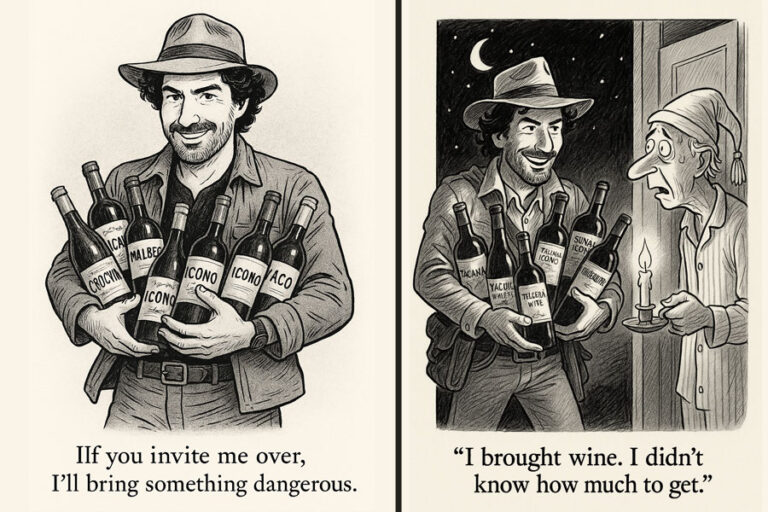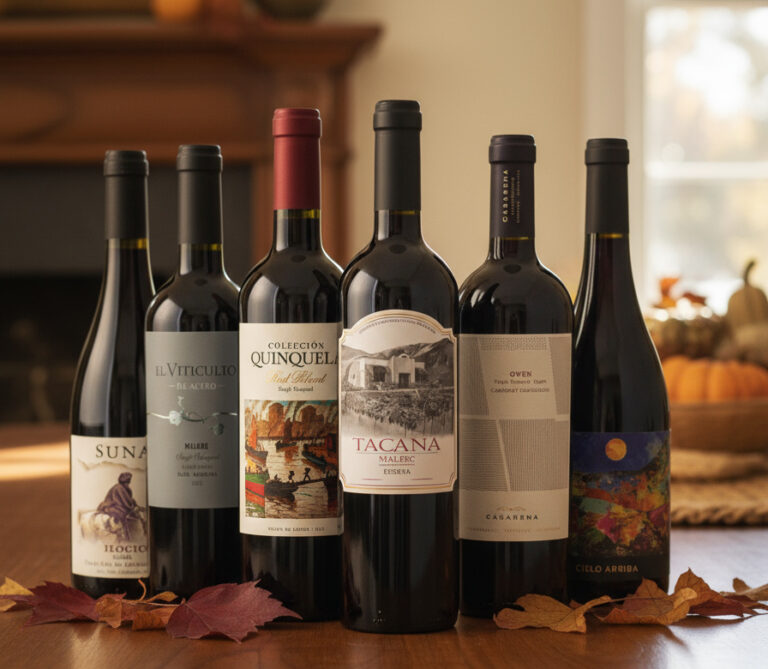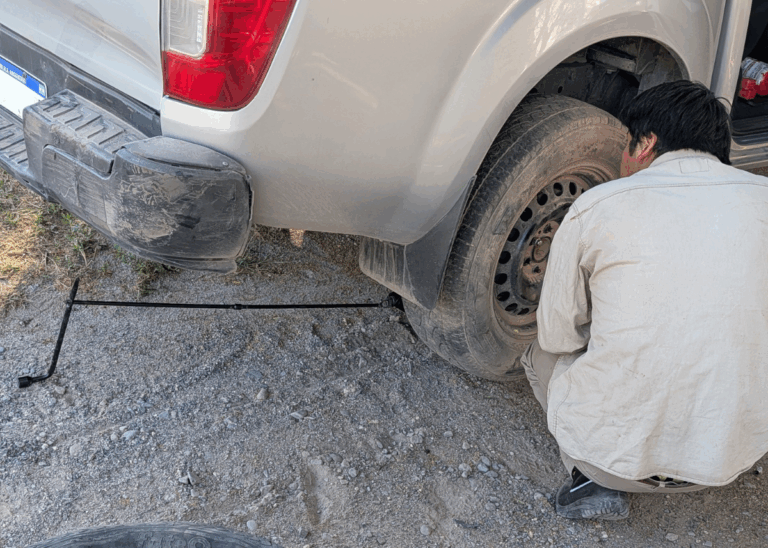[et_pb_section fb_built=”1″ _builder_version=”4.11.1″ _module_preset=”default” global_colors_info=”{}”][et_pb_row _builder_version=”4.11.1″ _module_preset=”default” global_colors_info=”{}”][et_pb_column type=”4_4″ _builder_version=”4.11.1″ _module_preset=”default” global_colors_info=”{}”][et_pb_text _builder_version=”4.11.1″ _module_preset=”default” global_colors_info=”{}”]
In wine, as in crypto currency, the rewards increase with each level of difficulty.
Our main point of reference being wine from malbec grapes cultivated in isolated valleys at 8,000 feet above sea level, we like our wines to be difficult – grown on terroirs that look like a lunar wasteland, say, or from grapes that die if they catch you wearing socks with sandals.
In our early days sourcing wine from Italy, we didn’t appreciate how difficult it is to produce a truly great Italian vintage. Italian winemakers – the good ones – don’t like to take credit for the wine itself. The land already has plenty of wisdom. Their job is to let it speak.
They may be a little too modest. The land, after all, speaks through grapes. And those grapes are as temperamental as the average Italian person, and as prone to break down as the average Italian car.
More on that in a moment. But first… A good way to estimate the quality of a wine based on its label.
This week we’ll revisit Julien Miquel’s video on the wine appellation system… from the French AOC to the rest of the world… why it’s actually not as complicated as it initially seems… and how to use it to find the best wines from any region (and at any store)…
[/et_pb_text][et_pb_video src=”https://youtu.be/DzZOHjkTEmw” module_id=”video” _builder_version=”4.11.1″ _module_preset=”default” width=”72%” width_tablet=”79%” width_phone=”100%” width_last_edited=”on|phone” module_alignment=”center” global_colors_info=”{}”][/et_pb_video][et_pb_text _builder_version=”4.11.1″ _module_preset=”default” global_colors_info=”{}”]
Italian Wines Pt. 2: Grapes You Should Know (Continued)
This week, in preparation for our next Partnership collection, we revisit our primer on Italian grapes.
Part of what makes Italy so unique is the diversity in varieties. You can boil down French winemaking to about 60 grape varieties. Italy has 500. And that’s not including clones, some of which produce completely different wines of the same grape. Nor does it include the 1,500 or so hybrids overgrown and forgotten in some long abandoned, centuries old vineyard. Point being: Italy’s cup runneth over with grapes.
The Greek settlers who colonized Southern Italy called it Oenotria, or “land of vines,” which suggests the viticultural abundance there is not a modern phenomenon. Indeed, there’s evidence in Italy of winemaking dating back 6,000 years, to which we can add multiple waves of colonizers (starting long before the Romans), and the breadth of the Italian topography (from spaghetti western desert to Alpine peaks to misty green valleys). It makes sense, then, that the number of Italian grapes is as varied as its landscape and peoples.
What’s more surprising is just how obscure Italian varietals are outside of Italy. France’s winemaking tradition is far more recent than Italy’s. Yet grapes like cabernet sauvignon or chardonnay can be found in virtually every wine growing region of import.
Meanwhile, have you ever heard of a white grape called pecorino? (Longtime readers please put your hands down.) It shares its name with the more famous cheese because both come from the same root: pecorina, Italian for sheep. Pecorino, the grape, was once purportedly a staple of the bovine diet in Abruzzo and Marche.
Or perhaps torbato? It’s native to Sardinia and finicky to grow due to its thin skins and preference for a late harvest (increasing risk of damage from the elements). Still, when all goes right, torbato can produce a lovely dry white with lots of floral notes and mineral zing.
In all our wanderings, we have come across a decent non-Italian sangiovese just once, in Sonoma, and it was only 50% of the blend.
The trouble with Italian grapes is that they are exceedingly Italian – they cannot be rushed, they like their plots to be just right, and they detest being outside of Italy.
For a long time, even the Italians didn’t want to deal with them.
As in France, and most of Europe, phylloxera annihilated Italy’s vineyards. A deep economic depression shortly thereafter snuffed whatever remained of the industry for decades to come.
It was only after World War 2 that the Italians began to plant anew. Instead of replanting the old Italian grapes, the nascent Italian industry, which was eager to compete on the international market, planted cabernet sauvignon and merlot. Machines came into widespread use as well, and wineries abandoned smaller plots in favor of large tracts for economies of scale.
By the 1970s, Italian wine had a reputation for poor quality. And now-famous grapes like nebbiolo and sangiovese were virtually unknown outside of the country.
The generation of winemakers coming of age then began wondering what sense it made to copy everyone else in planting vast tracts of non-natives like cab and merlot, rather than indigenous grapes that had evolved over thousands of years to flourish in small Italian terroirs.
Today, grapes like sangiovese, nebbiolo, and montepulciano have regained their dominance. With the introduction of the denominazione de origine controllata (DOC) system, and the switch back to smaller plots, the quality of Italian wine is vastly improved.
And yet, the sheer number of varietals can make it hard to navigate for those who don’t necessarily have the dough for a $$$ bottle of Brunello or Barolo.
Recantina? Up until recently, plantings of this Venetian grape had fallen to just 10 vines. In the last seven or so years, interest has revived, with several wineries producing a big fruity red, often aged in French oak, that seems to peak two to three years from bottling.
We could go on and on naming rare varietals.
But here are the Italian grapes you’re most likely to find:
Sangiovese – grown in Tuscany and famous for Chianti and Brunello. Late ripening. Annoying to grow (almost as bad as pinot noir), but the flipside is that it is highly influenced by terroir, taking on radically different flavors from one plot to the next (another point in common with pinot noir). Look for balsamic notes and high acidity that pairs well with steak.
Barbera – grown in Piemonte, known for being rich and smooth. Try the d’Asti and del Monferrato Superiore. D’Alba can be good too but can also feel more muffled than the d’Asti.
Nebbiolo – the “wine of doubts and fog,” once said Terry Theise, and the grape in Piemonte’s most prestigious wines (Barbaresco and Barolo). These wines can be downright harsh in their early years and need time to mature into the dazzling wines they are known to be.
Primitivo – this is zinfandel, just not the sickly white zin you get in big cheap bottles. Grown in Puglia, under the southern Italian sun, zin explodes into wild, boozy reds.
Montepulciano – this is a grape. There’s also a wine called Vino Nobile di Montepulciano, which is actually made from sangiovese (grown in a town called Montepulciano). Look instead for Montepulciano d’Abruzzo, which is the montepulciano grape grown in the region of Abruzzo and delivers dark, dense, peppery reds.
Glera – you may have never heard of this grape, but you’ve probably had it. Glera is the grape in Prosecco. It’s not quite a native as it originated in the Slovenian village of Prosek. For most of its history, the grape was called prosecco. When the sparkling wine got special protected status (like Champagne), the grape name changed to accommodate glera wines that do not qualify as Prosecco.
Bonus: Catarratto… Planted around Sicily’s Etna volcano, it makes a medium bodied, dry white with hints of lemon (you also might come across this grape blended with pinot grigio).
Until next time,
The Wine Explorer
[/et_pb_text][/et_pb_column][/et_pb_row][/et_pb_section]



